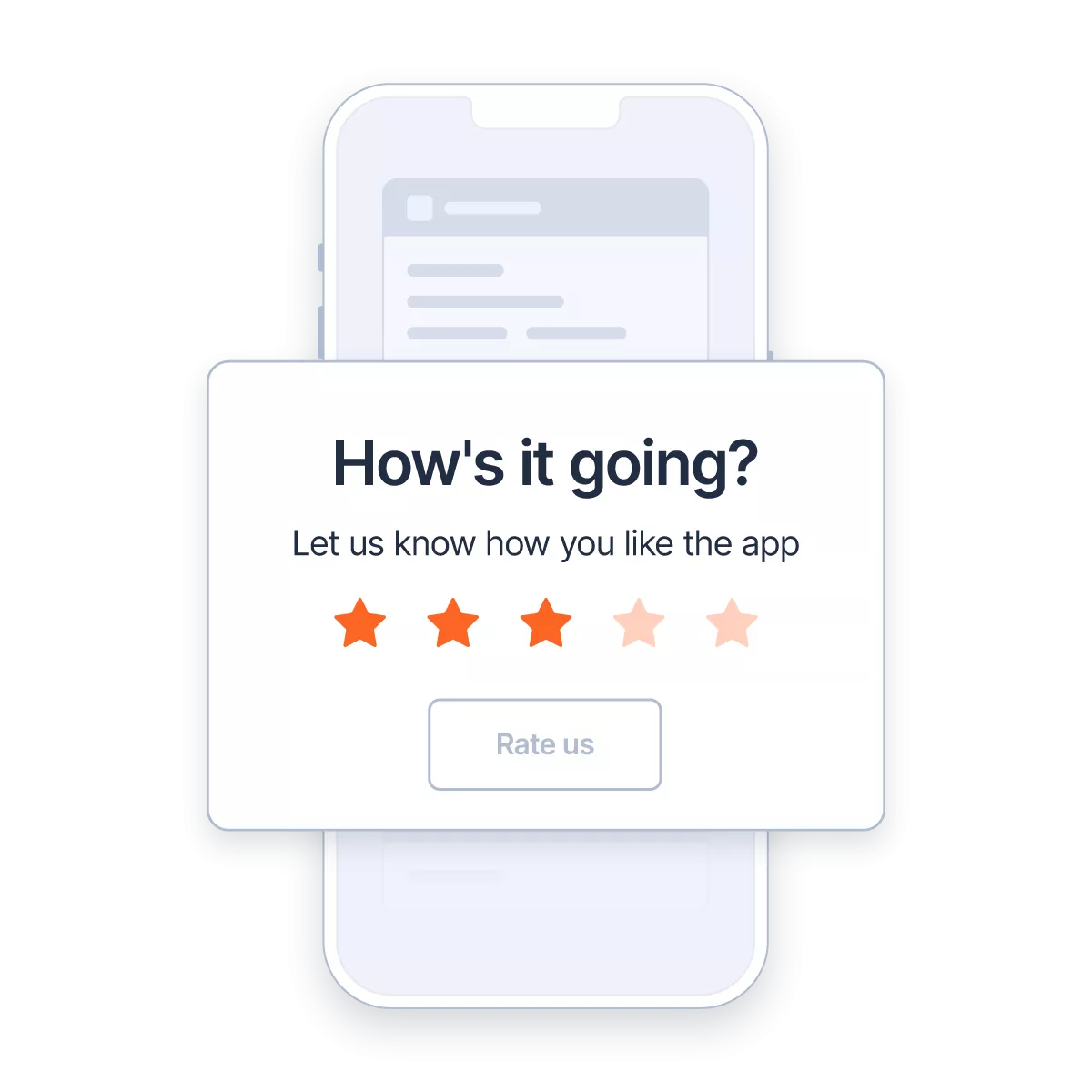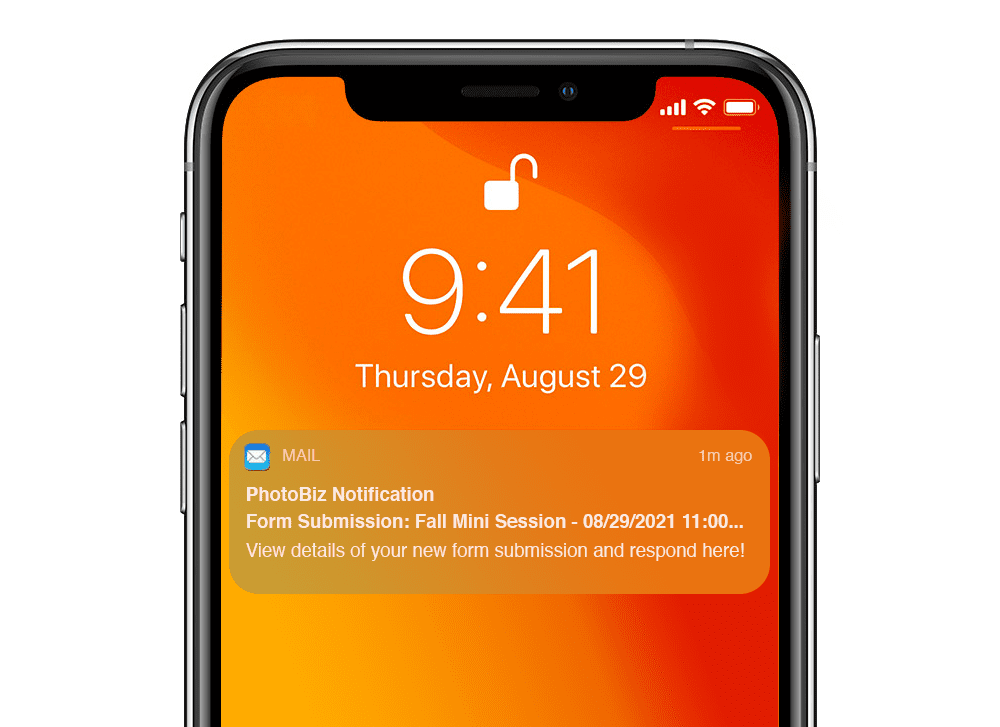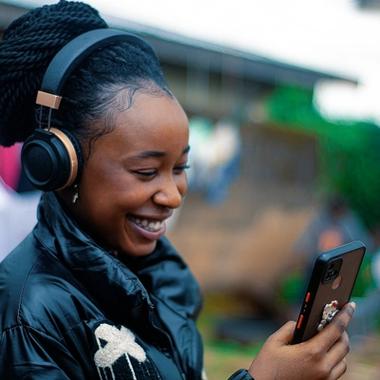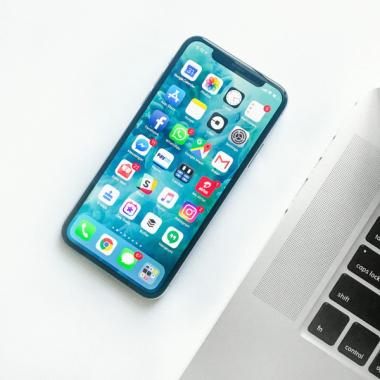These messages appear while the user is actively using your app. They can take various forms, including banners, pop-ups, modals, or embedded messages within the app’s interface. Unlike push notifications, they don’t require user permission, making them an effective way to communicate updates without being intrusive.
Think of in-app notifications as a way to guide, inform, or nudge users while they’re already engaged with your app.
Best uses:
- Onboarding tutorials: Help new users understand key features with step-by-step guidance.
- Feature announcements: Highlight new functionalities to encourage exploration and usage.
- Progress updates: Keep users informed about order statuses, goal completions, or achievements.
Why they work:
- They don’t interrupt the user’s workflow, making them a seamless way to provide information.
- They encourage users to take action in real-time, whether it’s completing a setup, trying a new feature, or confirming an order.
- They help improve user experience by providing relevant information exactly when it’s needed.
However, they only work if the user is already inside the app - so they’re not effective for re-engagement. To maximise impact, pair in-app notifications with other types, like push notifications, to create a comprehensive communication strategy.
Image source.









